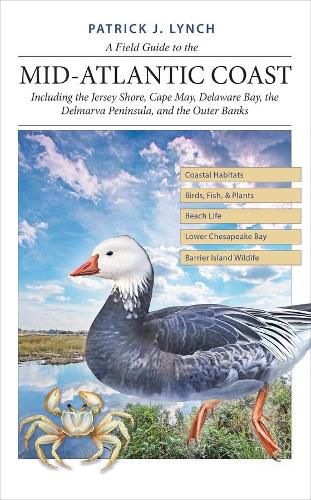Readings Newsletter
Become a Readings Member to make your shopping experience even easier.
Sign in or sign up for free!
You’re not far away from qualifying for FREE standard shipping within Australia
You’ve qualified for FREE standard shipping within Australia
The cart is loading…






The Outer Banks of North Carolina and the beaches of the Mid-Atlantic Coast are among the most popular tourist destinations in the United States. This book is a richly illustrated field guide that surveys the geology, environmental history, natural history, and human history of a region that spans the eastern seaboard from Sandy Hook in New Jersey south to Cape Hatteras on the Outer Banks of North Carolina.
It is organized around environments, not particular locations. Included are the geology of beaches and barrier islands, the environmental history of the region, as well as detailed looks at the natural history of beaches, dunes, maritime forests, coastal marshes, and estuaries. Also covered are issues involving human activity and climate change, which have become dominant forces shaping geophysical and biological environments.
This guide will enable users to walk into a salt marsh or onto a beach and identify much of what they see.
$9.00 standard shipping within Australia
FREE standard shipping within Australia for orders over $100.00
Express & International shipping calculated at checkout
The Outer Banks of North Carolina and the beaches of the Mid-Atlantic Coast are among the most popular tourist destinations in the United States. This book is a richly illustrated field guide that surveys the geology, environmental history, natural history, and human history of a region that spans the eastern seaboard from Sandy Hook in New Jersey south to Cape Hatteras on the Outer Banks of North Carolina.
It is organized around environments, not particular locations. Included are the geology of beaches and barrier islands, the environmental history of the region, as well as detailed looks at the natural history of beaches, dunes, maritime forests, coastal marshes, and estuaries. Also covered are issues involving human activity and climate change, which have become dominant forces shaping geophysical and biological environments.
This guide will enable users to walk into a salt marsh or onto a beach and identify much of what they see.